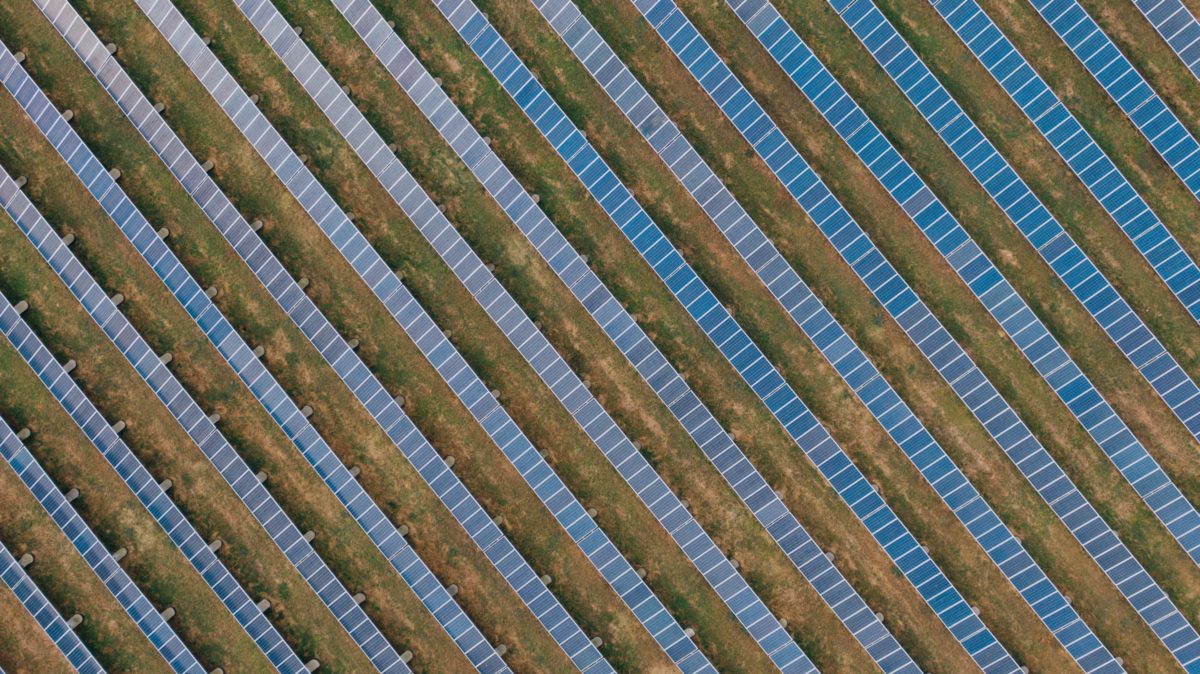U.S. utility-scale solar had a record installation year in 2023 and is forecast to nearly double its record year in 2024. Solar and batteries are dominating the project queues. Solar represents 58% of expected capacity additions in 2024, and batteries take second place with 23% of the mix. This represents a record 36.4 GW of solar (up from 18.4 GW in 2023) and 14.3 GW of battery energy storage.
To build all this capacity, projects need financing, often well into the hundreds of millions of dollars. Recent transactions this month illustrate how the new tax credit rules in the Inflation Reduction Act (IRA) of 2022 are beginning to ramp up utility-scale deployment momentum.
Historically, many projects are financed by tax equity deals. This was the case for Strata Clean Energy, which recently received $559 million in financing for a 1 GWh battery energy storage project in Arizona.
The 255 MW / 1,020 MWh Scatter Wash battery storage project is expected to be operational by April 2025. It is expected to store enough electricity to power 50,000 Arizona homes during peak summer demand.
J.P. Morgan led as a lead arranger, administrative, depository and collateral agent, and Nomura served alongside as lead arranger and joint bookrunner. The financing was further supported by U.S. Bancorp Impact Finance and CoBank and The Korea Development Bank and Norddeutsche Landesbank as joint lead arrangers. U.S. Bancorp Impact Finance served as primary tax equity investor.
However, projects are now increasingly turning to a new source of funding made possible by IRA: the tax credit transfer market. Under the transferability rule, entities can sell their tax credits to a third party.
American Clean Power (ACP) estimates the new IRA-created transfer market will supplement traditional tax equity and attract an additional $10 billion in 2024.
“While the IRA provides new tax credit monetization options through transferable tax credits and direct pay, tax equity is expected to remain the most common and preferred option for project sponsors because it monetizes both the tax credits and other tax benefits, such as tax depreciation,” said ACP.
“The IRA creates an attractive alternative to tax equity by allowing these credits to be bought and sold for cash,” said law firm Clifton Larson and Allen (CLA). “Companies hungry for tax savings may now choose to tap into a burgeoning tax credit marketplace rather than work with a sponsor to fund a long-term renewables deal.”
CLA said transferability is a powerful planning tool to explore for companies looking for tax savings without a long-term commitment to a project sponsor.
Two recent large-scale projects in the U.S. have secured financing via the transferability mechanism.
Lightsource bp secured $348 million in financing for two utility-scale projects in Texas. The projects will add 288 MW of capacity to the ERCOT grid, generating enough electricity for about 50,000 homes. Both are scheduled to come online in 2024.
Arevon Energy announced a successful close of $350 million from Blackstone Credit and Insurance. The funds will support a 200 MW / 800 MWh battery project in Grand Terrace, California that is slated to reach commercial operations in Q2 2024. It is comprised of Tesla Megapack 2 XL, and Tesla has been contracted to provide operations and maintenance for the project.
Blackstone’s preferred equity investment in the project was simplified to eliminate the need for traditional tax equity financing. The financing includes a commitment from Stifel Financial Corp. to buy investment tax credits and is supported with a $164 million debt facility which was secured with Coordinating Lead Arrangers Cobank ACB, Helaba, and Sumitomo Mitsui Banking Corporation.
“Condor represents not only our commitment to developing assets that deliver grid resilience but also our team’s adeptness in navigating complex, hybrid financing arrangements. Along with our partners, we remain focused on pioneering climate finance solutions that promote a sustainable clean energy future,” said Daniel Murphy, director of project finance, Arevon.
This content is protected by copyright and may not be reused. If you want to cooperate with us and would like to reuse some of our content, please contact: editors@pv-magazine.com.









By submitting this form you agree to pv magazine using your data for the purposes of publishing your comment.
Your personal data will only be disclosed or otherwise transmitted to third parties for the purposes of spam filtering or if this is necessary for technical maintenance of the website. Any other transfer to third parties will not take place unless this is justified on the basis of applicable data protection regulations or if pv magazine is legally obliged to do so.
You may revoke this consent at any time with effect for the future, in which case your personal data will be deleted immediately. Otherwise, your data will be deleted if pv magazine has processed your request or the purpose of data storage is fulfilled.
Further information on data privacy can be found in our Data Protection Policy.